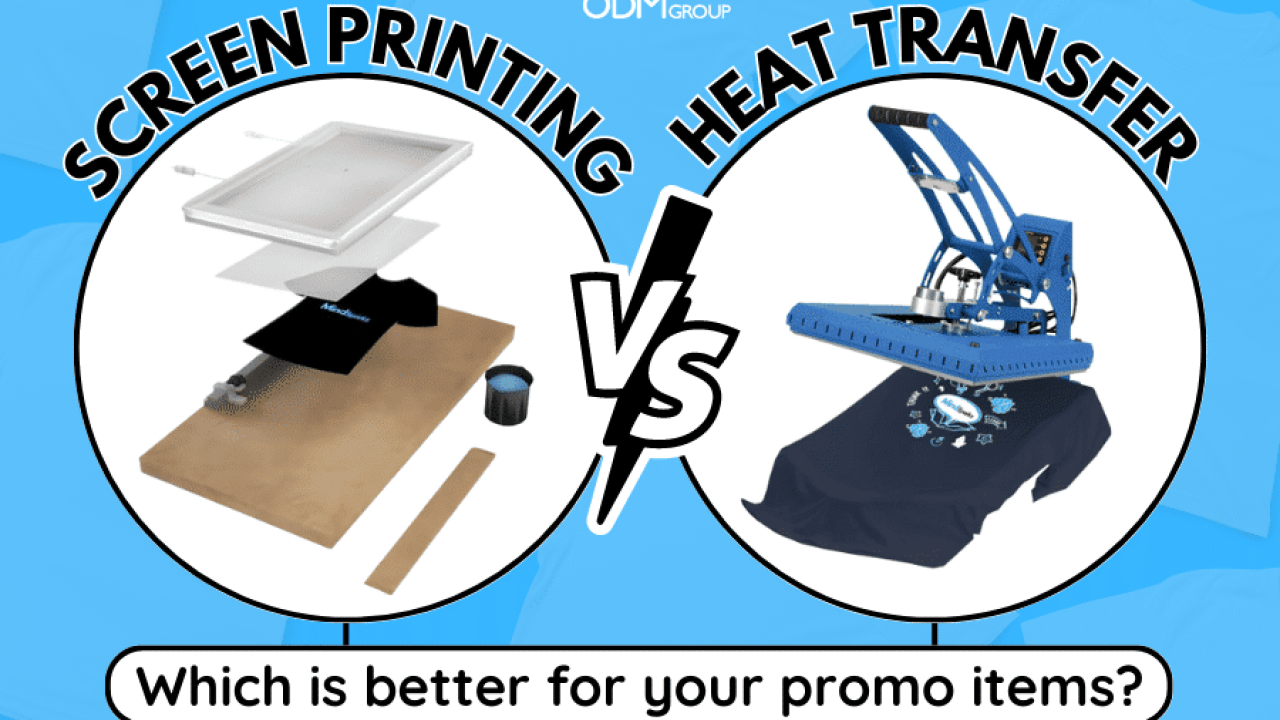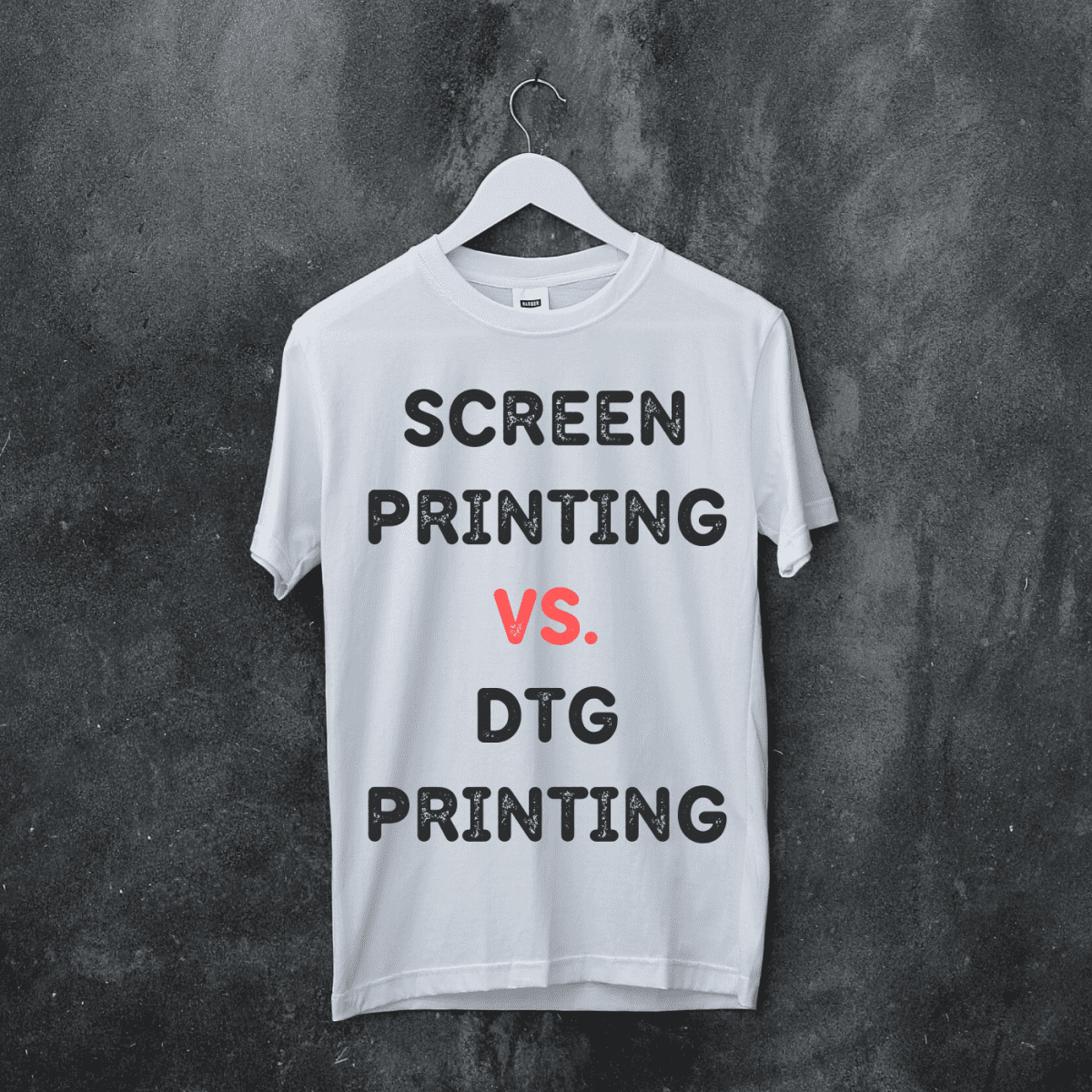The 15-Second Trick For Tx Tees
Table of ContentsThe Buzz on Tx TeesThe Buzz on Tx TeesAll About Tx TeesThe smart Trick of Tx Tees That Nobody is Talking AboutRumored Buzz on Tx TeesThe 2-Minute Rule for Tx TeesThe Best Strategy To Use For Tx Tees
That brings your total to about $1,900 prior to tax and shipping. Accumulate various other prices, like the number of energies it requires to run the shop and the price of ink and solution per design. embroidery shop. Take the print listed below. This is a one-color picture, so the cost of ink per shirt is about 20 cents.The solution should only be a couple of cents given that you 'd only need to coat one display for this work. Just how much should you bill per shirt to make a profit? Normally, printers attempt to make up to 45% earnings on a print work. Here's a table to help you identify that: overall expense per thing percent of wanted earnings as a decimal (example:.25 or.45) profit made per item per job Now let's speak about the productivity of DTF.

With DTF, you can publish a handful of t shirts, or simply one. Both screen printing and DTF have their niches in the globe.
The Ultimate Guide To Tx Tees
The very best means to understand? Ask about and see what print stores like your own are doing. custom screen printing. Try both out and see which you like much better
When you're picking what kind of printing method to use for printing your art work styles on your garments, it's vital that you know the differences between these two methods so you can make best use of results while lessening expenses. Display printing is one of the most commonly used technique for printing designs on textiles.
DTG printing is also known as spot or direct to garment printing because it prints only what is needed as opposed to making a display as display printers do. https://allmyfaves.com/txtees02?tab=TX%20Tees. Display printing works by display filler squeegee screen printing ink display mesh screen, after that transferring the photo to garment utilizing warmth and/or pressure
The DTG printer uses unique dye-sublimation inks that are applied right into a pre-designed image by a digital printing system. The inks enter into the fabric, enabling dynamic shades and outstanding detail. It's likewise referred to as area or straight to garment printing due to the fact that it publishes just what is needed rather of making a screen as screen printers do.
Excitement About Tx Tees
It's much quicker - you can publish a fullcolor image in minutes, as opposed to hours for screen printing. Second, there's no established up time or prices entailed - you can publish any design you like, without having to produce a screen first. Third, there's no waste - due to the fact that display printers display print one layout at once, they need to evaluate each shade independently.
The paper is really pricey and can just be made use of as soon as. Once it's published on, it needs to be thrown out. - The first acquisition cost is less than the in advance financial investment of DTG printers- You can print multi-color designs one screen at a time rather of needing to publish each shade individually like DTG printing.

Some Known Questions About Tx Tees.
Nonetheless, instead of utilizing display mesh as display printers do, dye sublimation printers utilize laser modern technology to transfer your pictures onto garments or paper. A warm process transfers the color from its solid-state straight right into the gas phase which consequently integrates it onto fabric substrates when they are quickly heated up to high temperature levels under high pressure.
Sublimation printing is environment-friendly. It makes use of much less water than screenprinting, and because it doesn't include using unsafe solvents, it's safe for all sorts of apparel. The dye sublimation inks are likewise odor-free when healed, unlike display printers that make use of harmful chemicals during the screen printing process that leave behind an undesirable odor.
They also save cash on costly equipment like exposure units since dye sublimation printers do not require a UV direct exposure device or a flash cure stove that is typically used in display printing (custom screen printing). What is straight to garment printing (DTG Printing)? DTG printing is an electronic screenprinting process that prints directly onto textile making use of specialized inkjet printers
The Main Principles Of Tx Tees
DTG printing offers several benefits over traditional screenprinting, consisting of the capability to print photo high quality images, better color vibrancy, and the capacity to publish designs on darker textiles. DTG printers work by warming the textile ink until it transforms into my sources a gas. The gas after that permeates the textile, bonding with the fibers to produce an irreversible print.

Display printers just prepare their screen then start printing until they lack item or ink.- There is a vast array of seasoned display printers around the world, which can be valuable for novices. - It's a slower process - screen printers often have to await the ink to dry prior to they can publish the following shade- Screen printers require manual work, so there's a higher understanding contour and it takes longer to create a top notch style- Screen printing isn't as accurate as DTG printing, so you might get some "bleeding" of shades from one component of the image onto another otherwise done appropriately.
Examine This Report about Tx Tees
Rather of utilizing display mesh as screen printers do, dye sublimation printers make use of laser innovation to move your images onto garments or paper. A warmth process transfers the color from its solid-state directly into the gas stage which in turn integrates it onto fabric substrates when they are swiftly heated to heats under high stress.
Sublimation printing is environmentally friendly. It makes use of less water than screenprinting, and since it does not involve the use of unsafe solvents, it's safe for all kinds of apparel. The dye sublimation inks are likewise unsmelling when cured, unlike screen printers that utilize harmful chemicals during the screen printing procedure that leave an unpleasant odor.
They likewise conserve cash on pricey equipment like exposure systems considering that color sublimation printers do not require a UV exposure system or a flash remedy stove that is commonly used in screen printing. What is direct to garment printing (DTG Printing)? DTG printing is a digital screenprinting process that prints straight onto fabric using specialized inkjet printers.
The Best Strategy To Use For Tx Tees
DTG printing provides many benefits over traditional screenprinting, consisting of the capacity to publish photographic quality images, greater shade vibrancy, and the capacity to print designs on darker fabrics. DTG printers function by heating up the textile ink until it develops into a gas. The gas then permeates the textile, bonding with the fibers to develop a long-term print.